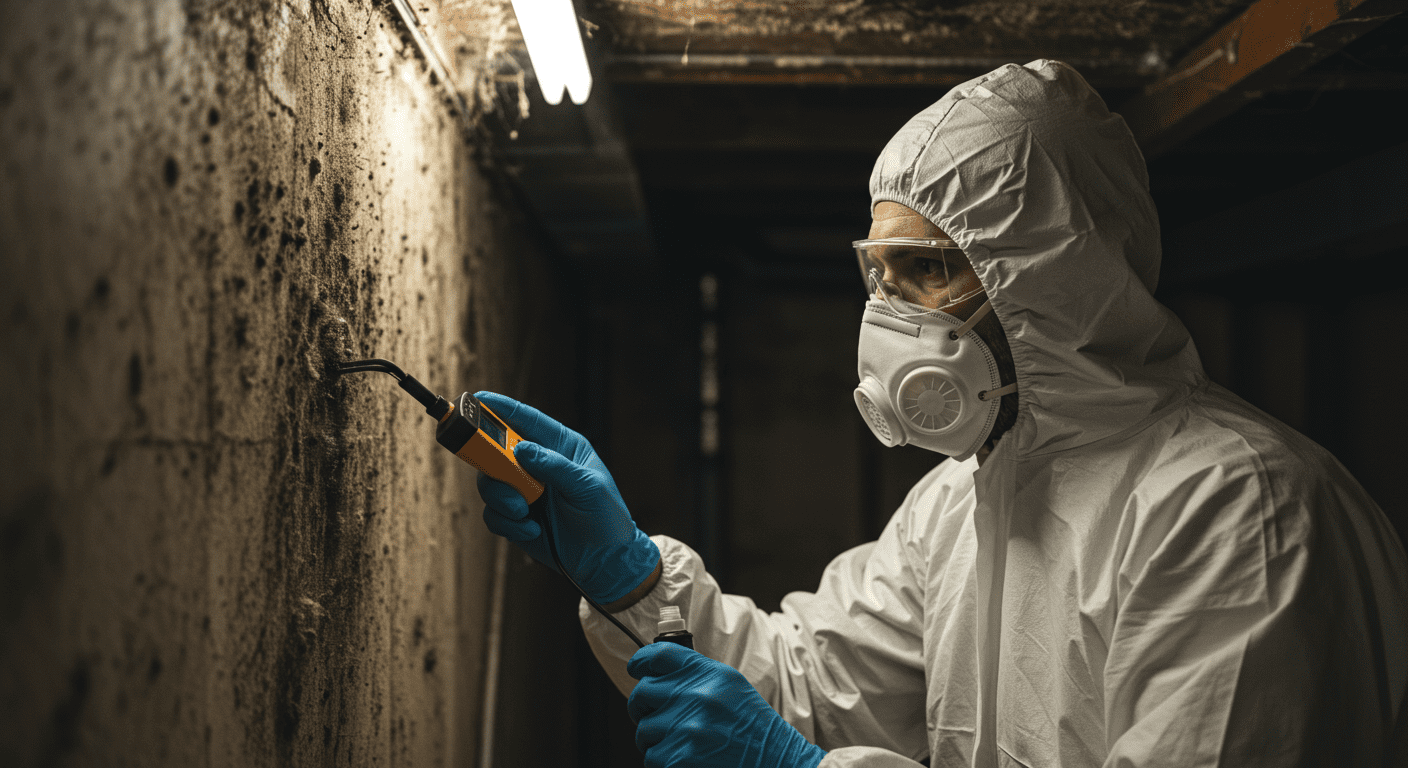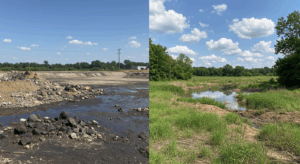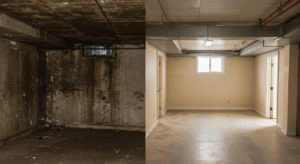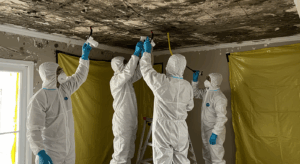Green mold is a common household issue that can pose significant health risks and structural damage if left untreated. In Jersey City, NJ, the humid climate and older housing structures create an ideal environment for mold growth. This article explores the causes, risks, and effective strategies for managing green mold in your home.
What is Green Mold?
Green mold refers to a group of mold species that appear green due to their pigmentation. It is often found in damp, dark areas of homes, such as basements, bathrooms, and kitchens. Common types of green mold include Aspergillus, Cladosporium, and Penicillium. These molds thrive on organic materials like wood, drywall, and fabrics.
Green mold is not just an aesthetic problem; it can weaken the structural integrity of your home and release harmful spores into the air. Identifying and addressing green mold early is crucial to prevent further damage and health risks.
Causes of Green Mold Growth in Jersey City
Environmental Factors Contributing to Mold Growth
Jersey City’s climate plays a significant role in mold development. The high humidity levels, especially during summer, create a conducive environment for mold spores to thrive. Additionally, the city’s proximity to water bodies increases the likelihood of moisture accumulation in homes.
Common Sources of Moisture in Homes
Leaky pipes, poor ventilation, and roof leaks are common culprits behind mold growth. In older homes, outdated plumbing and insulation systems can exacerbate the problem. Regular maintenance and inspections can help identify and address these issues before they lead to mold infestations.
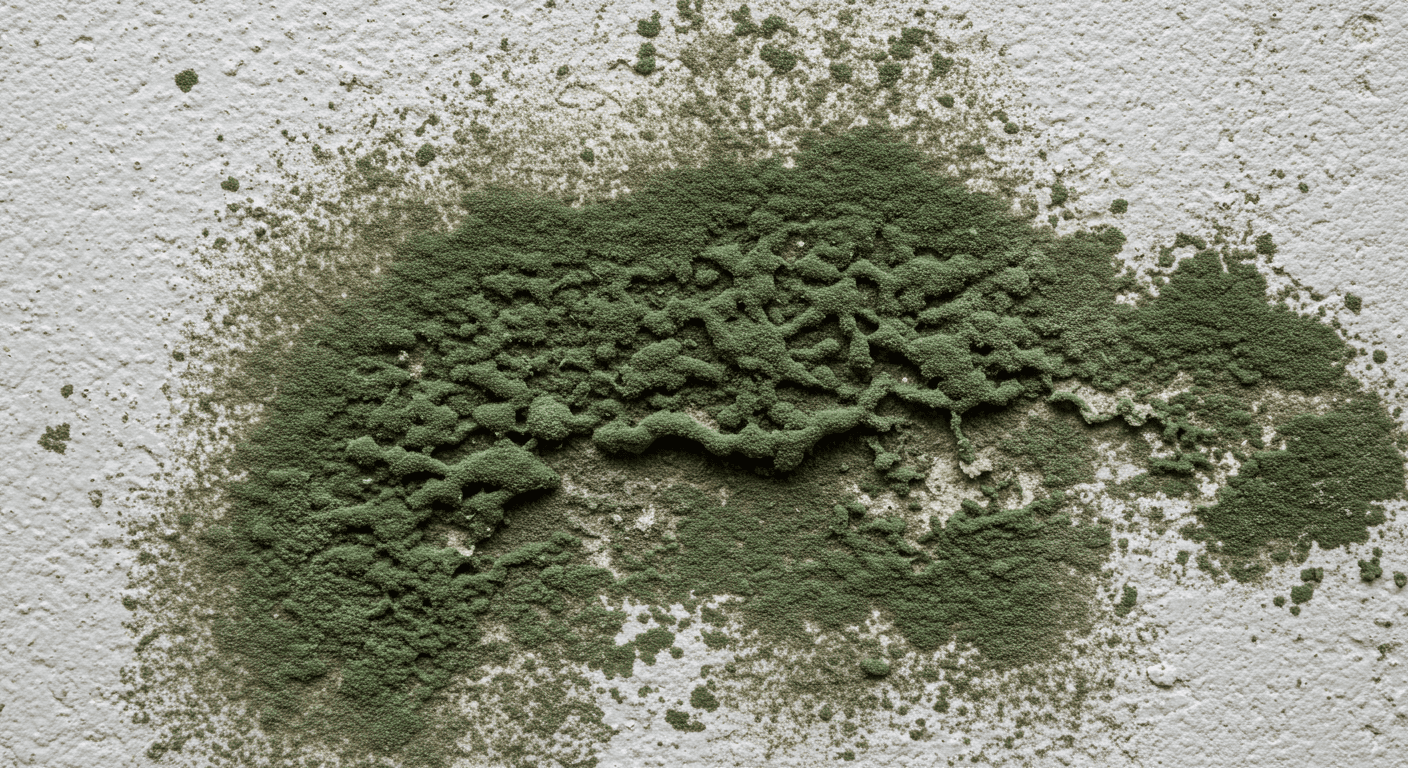
Health Risks Associated with Green Mold Exposure
Symptoms of Mold Exposure
Exposure to green mold can cause a range of health issues, including respiratory problems, skin irritation, and allergic reactions. Symptoms may include coughing, sneezing, itchy eyes, and difficulty breathing. In severe cases, prolonged exposure can lead to chronic respiratory conditions.
Vulnerable Populations at Risk
Certain groups, such as children, the elderly, and individuals with compromised immune systems, are more susceptible to the health risks associated with mold exposure. It is essential to take immediate action if mold is detected in homes where vulnerable individuals reside.
For more information on protecting your home and health, check out the Essential Guide to Mold Inspection After Water Damage.
Effective Remediation Strategies for Green Mold
DIY Cleaning Methods vs. Professional Services
While small mold infestations can often be managed with DIY cleaning methods, such as using vinegar or baking soda solutions, larger infestations require professional intervention. Mold remediation specialists have the tools and expertise to safely remove mold and prevent its recurrence.
Steps to Prevent Future Mold Growth
Preventing mold growth involves addressing the root causes of moisture. Ensure proper ventilation in high-humidity areas, fix leaks promptly, and use dehumidifiers to maintain optimal indoor humidity levels. Regular inspections and maintenance can also help identify potential problem areas before they escalate.
If you’re dealing with a severe mold issue, consider consulting Expert Mold Restoration Specialists in Newark, NJ for reliable solutions.
Green mold is a serious issue that requires immediate attention to protect your home and health. By understanding its causes, risks, and remediation strategies, you can take proactive steps to create a safe and healthy living environment in Jersey City, NJ.
